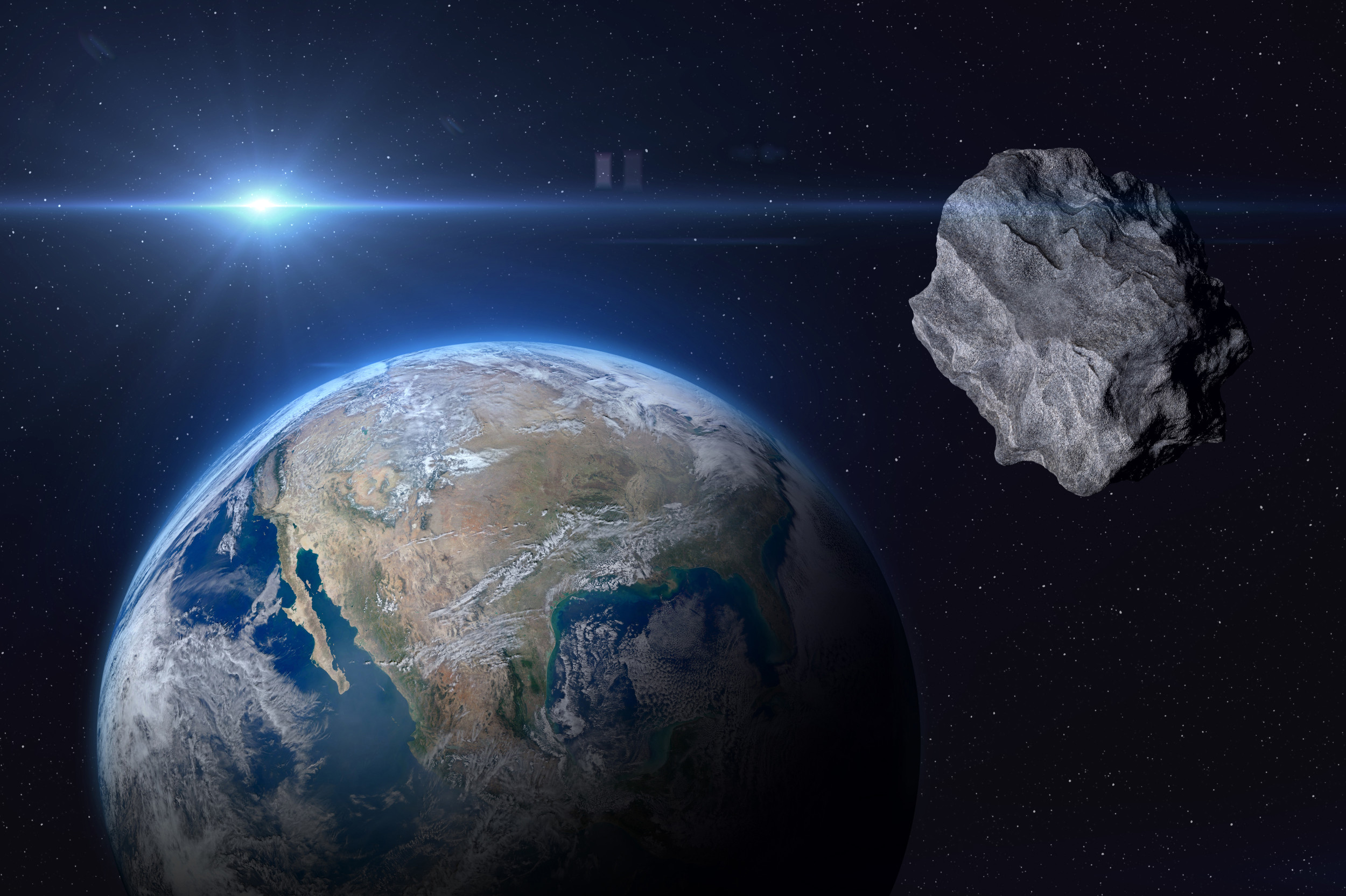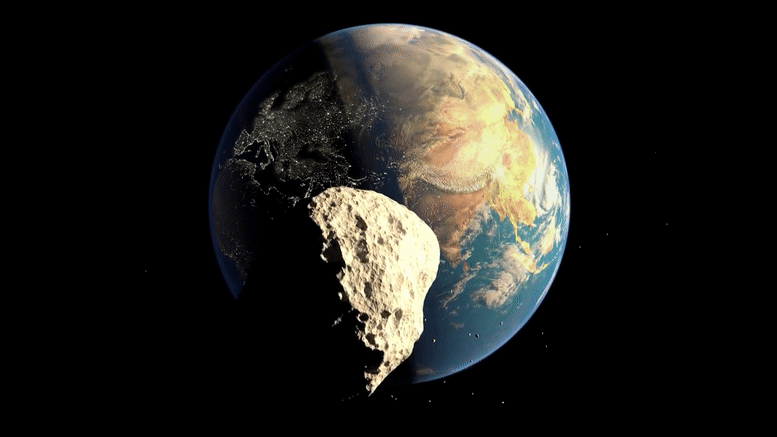Slightly CONCERNING YOU, but as you read this, an asteroid roughly the size of a house is about to zoom past Earth.
Depending on your location, the newly found asteroid 2023 EY will pass by our planet late Thursday night or Friday morning at a distance of just 240,000 kilometers (149,000 miles) – a little less than two-thirds the distance of the Moon.
That may sound uncomfortably close, but space is big. A speck like 2023 EY poses no threat to any of us.

At just 16 meters (52 feet) in diameter, it’s roughly the same size as the Chelyabinsk meteor that exploded over Siberia in 2013 and caused a range of injuries with its shock wave. Fortunately 2023 EY won’t even enter our atmosphere.
Still, its proximity poses a cool opportunity. Although the asteroid isn’t bright enough for us to see with the naked eye, it is going to be visible through telescopes.

The Virtual Telescope Project will be live streaming the flyby, starting at 00:00 UTC, Friday March 17. That’s 20:00 EDT, Thursday March 16, and 11:00 AEDT, Friday March 17.
The footage will be captured by a 17-inch robotic telescope in Ceccano, central Italy, and the closest approach is predicted to occur at 00:35 UTC, Friday March 17. You can watch below.
What’s particularly cool is that this asteroid was only first spotted on Monday, March 13.
It was picked up by a telescope at the Sutherland Observing Station in South Africa – which is one of four telescopes that make up the ATLAS (Asteroid Terrestrial-impact Last Alert System) network, established by the University of Hawaii and funded by NASA to provide an asteroid impact early warning system.
With two telescopes in Hawaii, one in Chile, and one in South Africa, the goal of ATLAS is to be able to get at least a few days of notice before an asteroid gets uncomfortably close to Earth.
And now we know that we can successfully throw an asteroid off its course using rockets, thanks to the recent DART mission, this advanced warning will be crucial.
2023 EY is classified as an Apollo NEO, or near-Earth object. This is the biggest group of NEOs we currently know about, with 17,540 Apollo asteroids as of February 2023.

Chart showing the position of 2023 EY at 00:00 UTC, Thursday March 16. (NASA)
The Apollo asteroids are named after 1862 Apollo, an asteroid discovered by German astronomer Karl Reinmuth in the 1930s. They all have orbits larger than that of Earth’s around the Sun, but their paths cross Earth’s.
Almost 2,000 of the Apollo asteroids are identified as potentially hazardous asteroids, which sounds scary but basically means objects larger than about 150 meters in size that could come within 7.5 million kilometers (4.6 million miles) of Earth.
2023 EY isn’t in this size range, but is still on NASA’s Asteroid Watch Dashboard due to its close approach.
So don’t stress. Instead, enjoy taking a moment to watch live as a big space rock comes close enough for us to wave as it continues on its long journey around the Sun.
Source: amazingastronomy.thespaceacademy.org








